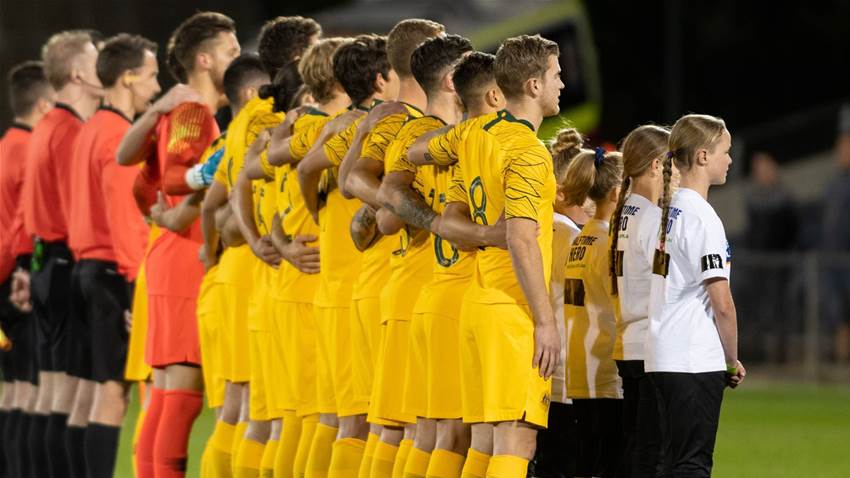Football’s enforced hibernation in the face of COVID-19 has given participants plenty of time to think about how to cure what ails it.
“In most leagues in the world, you see a gradual and logical rise in the number of participants to the league’s peak. If you look at the Eredivisie, between 18 when kids debut and through to 24, which is the peak age of that league, there’s a gradual rise in the number of participants and then it diminishes.
“In our league, we have a gradual rise from 16 to 21, then we see a huge decrease in the number of 22-, 23-, 24-year-olds in the league.
You would accept that if that was the first window that we were now selling players, and we were selling a player that was going to play in Europe or going to play in top leagues elsewhere, but that’s not the case and that’s seen by the transfer revenue that comes into the league.
“So why is there this huge drop in players between 22 and 24 before again, at 25 we see another spike?
“The reality is that players are too expensive because we have a minimum wage and a salary cap that makes it very hard. It makes it very hard to justify being able to spend what we have to spend on 22-, 23-, 24-year-olds that might have only accumulated a certain number of minutes.
“We actually, by having some of those conditions on minimum wage, are potentially limiting the time that we give players to mature and that’s a major, major issue.
“It becomes a very difficult decision for clubs to make because we have a limited amount we can spend, there is a big trade-off to keeping those players."
Prior to its suspension, 50 players aged between 22 and 24 - 40 of whom were Australian - played in the A-League; recording a total of 33,302 minutes at a 695.5-minute median.
“We’ve probably seen in, say Sydney, for example, where Sydney and Wanderers have been around a long time," Sherman continued.
"What those two academies have done is strengthen NPL, because the 22- and 23-year-olds typically have been going into NPL.
“Why did Sydney FC not keep Cameron Devlin? Because 22. He’s had a breakout season at 22 for Wellington but because he hadn’t played for them at 21 and he became really expensive at 22. This is the narrative that’s happening across all of our clubs.
“And that’s our big problem because there’s not the finance coming into the game in terms of transfer revenue to be able to allow the clubs to invest in being patient.”
Related Articles
.jpeg&h=172&w=306&c=1&s=1)
Langerak to bolster Victory's ALM title bid in January

Socceroo-in-waiting seals Championship deal













